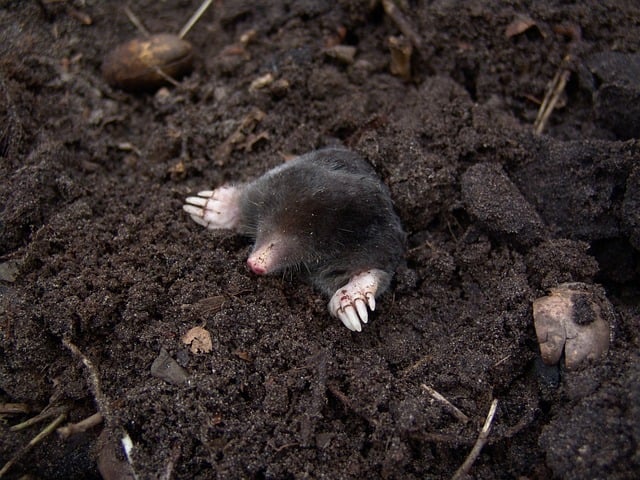Rodent infestations cause significant environmental and property damage, necessitating effective rodent control strategies. Traditional methods using toxic chemicals pose risks to ecosystems and human health, while eco-friendly alternatives focus on non-toxic solutions, habitat modification, and prevention. Using natural repellents like mint, lavender, peppermint oil, and cinnamon, along with live traps and physical barriers, can humanely manage rodent populations. Green practices like regular cleaning and planting herbs create non-toxic indoor environments. Community collaboration through knowledge sharing and habitat modification promotes sustainable rodent control, fostering coexistence with wildlife.
In today’s world, effective yet eco-friendly rodent control is more crucial than ever. Rodent infestations not only cause significant property damage but also pose environmental risks through traditional methods that often rely on toxic chemicals. This article explores holistic solutions to manage and prevent rodent issues. We delve into the impact of rodents on ecosystems, dissecting traditional practices and their harmful effects. Discover natural alternatives, from deterrents and non-toxic traps to sustainable integration into homes and businesses. Learn about community efforts driving long-term, eco-conscious rodent control strategies.
Understanding Rodent Infestations and Their Impact on the Environment

Rodent infestations are a significant environmental concern, as these tiny creatures can cause substantial damage to natural habitats and human properties. Understanding their behavior and impact is crucial in implementing effective rodent control strategies. Rodents, including mice and rats, possess an exceptional ability to adapt and thrive in various environments, making them hard to eradicate. They are known to inhabit both urban and rural areas, infesting homes, farms, and even wilderness regions.
These infestations can lead to severe ecological disruptions. Rodents feed on a wide range of plant matter, from crops to forest foliage, which can result in significant food source depletion. Moreover, they contribute to soil erosion by burrowing, disrupting the natural balance of ecosystems. In human settings, rodents pose health risks through potential disease transmission and structural damage caused by gnawing. Effective rodent control measures are essential to mitigate these issues, ensuring a healthier environment for both humans and wildlife.
Traditional Rodent Control Methods: Potential Harmful Effects

Traditional rodent control methods often involve toxic chemicals, which can have severe environmental and health impacts. Pesticides, while effective in the short term, can contaminate soil, water sources, and even enter food chains, leading to long-term ecological damage. These chemicals may also pose risks to non-target species, including beneficial insects, birds, and wildlife, disrupting local ecosystems.
Additionally, many traditional methods fail to address the underlying causes of rodent infestations, such as poor sanitation or structural issues. This can result in a continuous cycle of control measures, leading to increased costs and environmental strain. Eco-friendly alternatives, on the other hand, focus on non-toxic solutions, habitat modification, and prevention strategies to humanely manage rodent populations while minimizing ecological footprints.
Eco-Friendly Alternatives: A Holistic Approach to Rodent Management
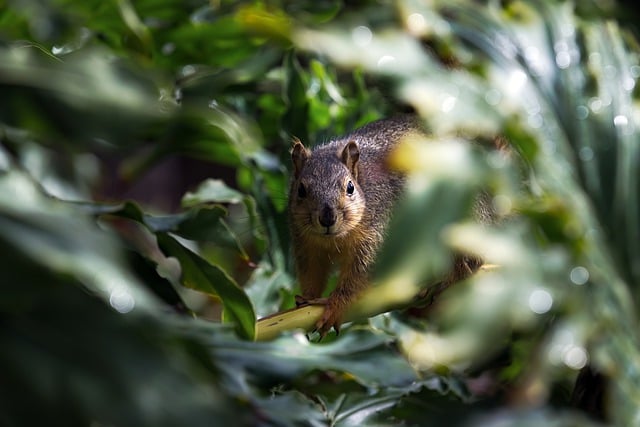
In the quest for effective rodent control, it’s essential to explore eco-friendly alternatives that offer a holistic approach. Traditional methods often rely on toxic chemicals, posing risks to both the environment and non-target species. As such, a shift towards more sustainable practices is not just beneficial but necessary. Eco-friendly rodent management involves a combination of strategies like habitat modification, exclusion, and the use of natural repellents and predators.
By implementing these methods, individuals and communities can effectively manage rodent populations without compromising ecological balance. This approach encourages a harmonious relationship between humans and nature, ensuring long-term solutions to rodent control while minimizing potential harm.
Natural Repellents and Deterrents for Rodent Prevention

Natural repellents and deterrents offer an eco-friendly approach to rodent control, an alternative to traditional chemicals that many homeowners and businesses are increasingly opting for. Plants with strong scents like mint, lavender, and rosemary can act as natural barriers against rodents due to their strong odours which these pests find unpleasant. Peppermint oil, in particular, is known to be a powerful rodent deterrent when diluted and applied around entry points or areas where rodents are suspected to be active.
Another effective strategy involves using food deterrents. Rodents are attracted to certain foods, so removing or securing these can help prevent them from seeking shelter. For example, storing grains and seeds securely and keeping garbage bins tightly closed can make living spaces less appealing to rodents. Additionally, non-toxic, homemade repellents like mixing water with white vinegar and pepper can be sprayed around areas prone to rodent infestation, offering a simple and safe solution for natural rodent prevention.
Non-Toxic Traps and Catching Techniques
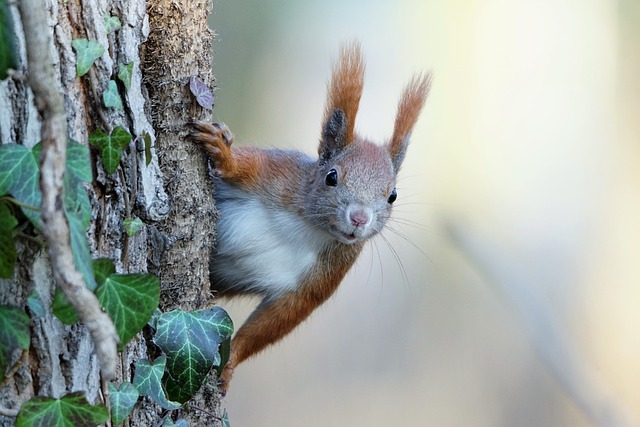
When it comes to eco-friendly rodent control, non-toxic traps and catching techniques are a preferred choice for many. These methods offer a safer alternative to traditional chemical-based solutions, ensuring minimal harm to both wildlife and your indoor environment. One popular approach is the use of live traps, designed to capture rodents without causing them any lasting damage. These traps are baited with food or pheromones, luring the pests inside where they can be safely released away from your home.
Another technique involves the use of natural repellents and deterrents. Certain herbs and essential oils like peppermint, cloves, and cinnamon have been found to repel rodents due to their strong odors. Setting up physical barriers, such as sealing entry points with steel wool or metal mesh, is also an effective way to prevent rodent intrusion. These non-toxic methods not only promote a healthier living space but are also kinder to the ecosystem.
Integrating Green Practices into Your Home or Business
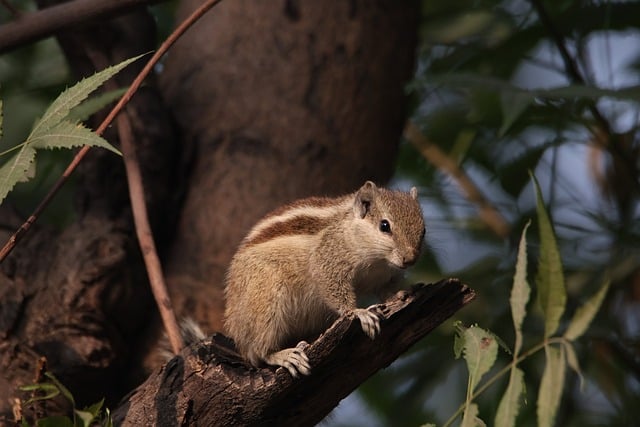
Integrating green practices into your home or business is an effective way to enhance eco-friendly rodent control. Instead of relying on toxic chemicals, consider natural deterrents like peppermint oil, cinnamon, and cloves, which rodents find unappealing. Planting herbs like lavender and rosemary around entry points can also serve as a non-toxic barrier.
Additionally, maintaining a clean and clutter-free environment reduces hiding spots for rodents. Regularly vacuum and dust to minimize dust mite populations, another attraction for these pests. Green practices not only promote a healthier living space but also contribute to a more sustainable and eco-conscious community, ensuring effective rodent control without compromising the environment.
Community Efforts and Long-Term Solutions for Sustainable Rodent Control
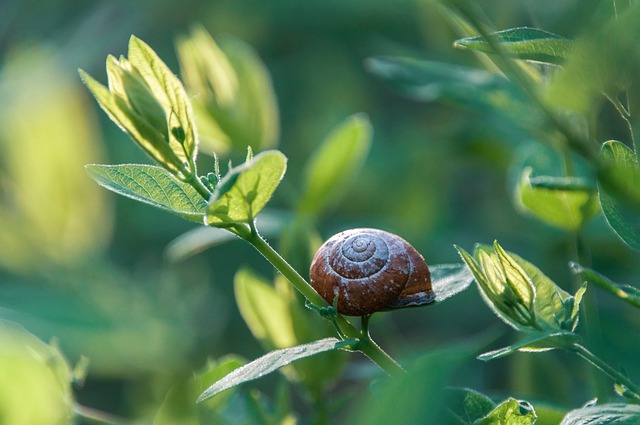
Community collaboration is a powerful tool in the quest for eco-friendly rodent control. By joining forces, residents can implement long-term solutions that not only mitigate rodent issues but also promote sustainability. This collective approach involves sharing knowledge, resources, and best practices to create an environment unappealing to rodents without harming them or the ecosystem. Through community initiatives, residents can educate themselves and others about the importance of proper waste management, sealing entry points, and using natural repellents, ensuring a harmonious coexistence with these creatures.
Sustainable rodent control requires a shift in perspective, focusing on prevention rather than mere eradication. Long-term strategies include habitat modification, where communities work together to maintain lush green spaces and gardens that discourage rodents from seeking shelter. Additionally, supporting local wildlife rehabilitation centers can provide an alternative solution for trapped or injured rodents, ensuring their safe release back into the wild. These collaborative efforts not only protect communities from rodent infestations but also contribute to a healthier and more balanced ecosystem.
